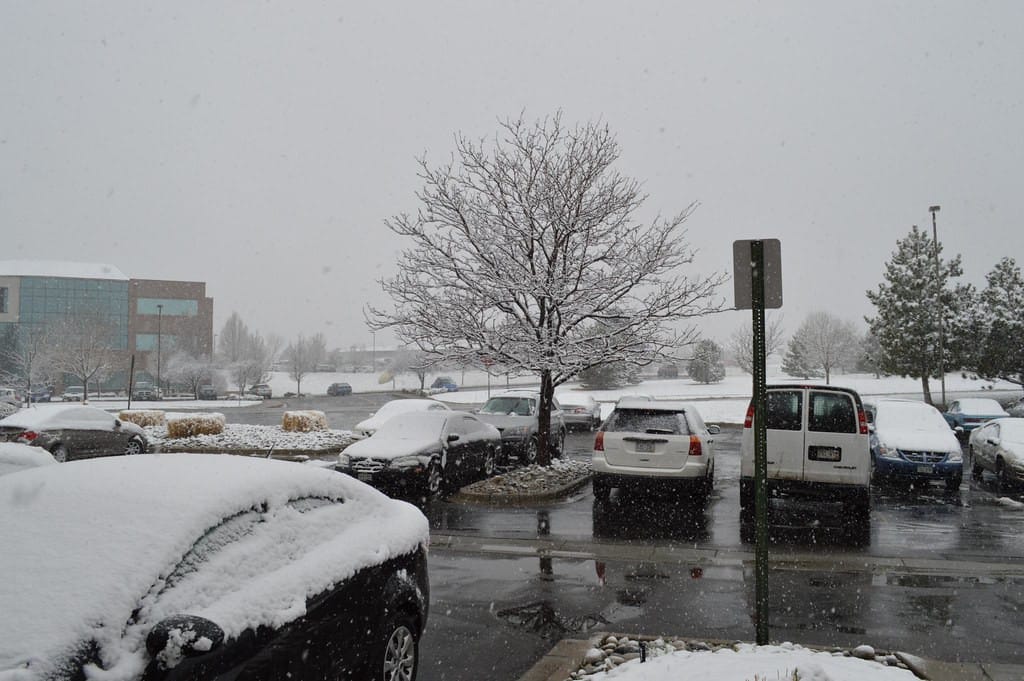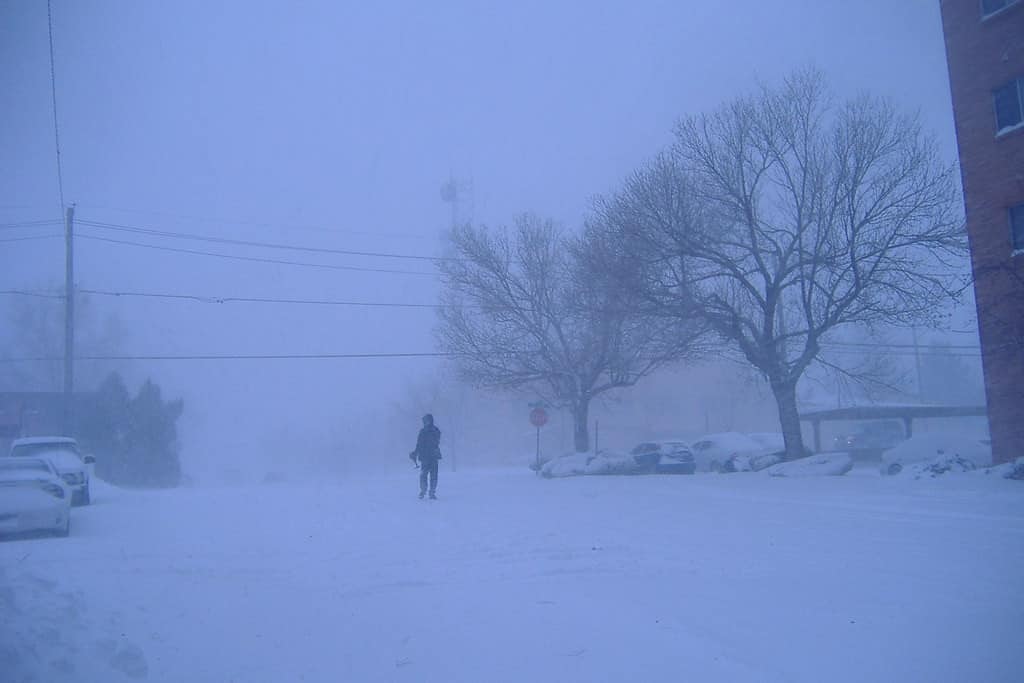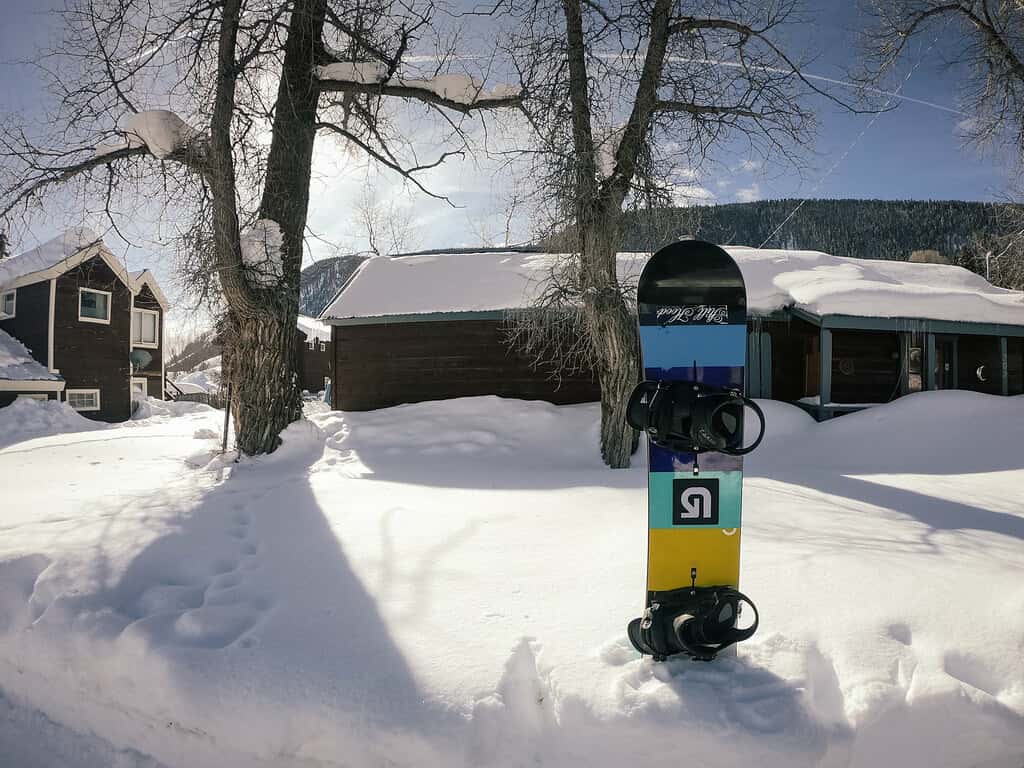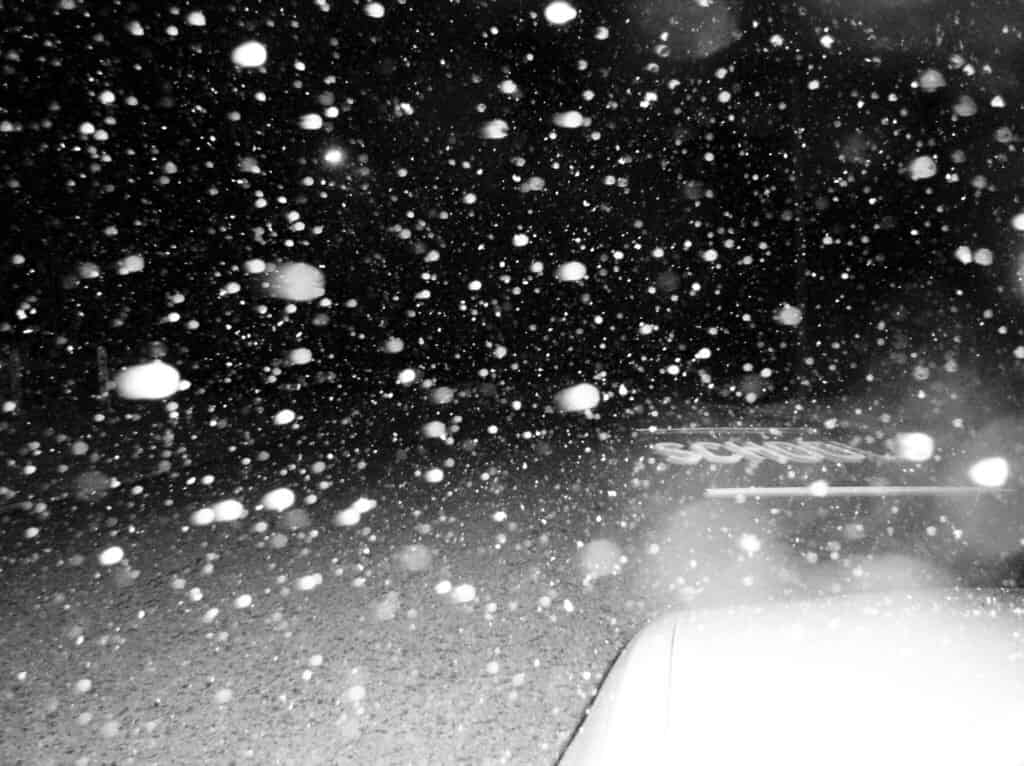When Does It Snow in Colorado? Typical Timing and Average Amounts
Colorado always looks like it’s out of a Hallmark card. During the spring, the bright sun and green trees sparkle after winter. The summer is warm and animals are out and about. Fall is when the leaves change and it becomes one of the most colorful places in the world. When winter rolls around, snow falls from the sky and provides some of the most romantic views. You can go to the mountains if you want that extra pizzazz for your pictures and memories. Denver is the capital and largest city in Colorado, which is why calculating the snow levels here is most important. If you’re looking to visit Colorado for the beautiful snow, try going during these times.
When Does It Snow in Colorado?

©Harshana W / CC BY-NC 2.0 – License
Given the different altitudes and weather patterns seen throughout the state, there has been some snowfall during each month at some point. However, the most common times for snow to fall in Denver is October to April. This is because snow falls when the temperature closer to the ground is colder. There also must be enough moisture in the air to freeze and then fall. During these months is when the average temperature throughout the majority of the state has cooled down.
This is different depending on which part of the state you’re in. If you live in the mountains, the snow will start a little earlier, around late September, because it’s cooler there. Colorado has numerous mountain towns, including Aspen, Breckenridge, Vail, and Copper Mountain. Each mountain receives different amounts of snow and at different times.
How Much Does It Snow in Denver?

©Scorpions and Centaurs / CC BY-NC-SA 2.0 – License
Believe it or not, the snowiest month in Denver isn’t December. It’s not January. It’s actually March. That’s right. In March, it snows an average of 8.8 inches. The snow starts in October, where it averages 3.9 inches. In November, that number jumps up to 7.3 inches, with it snowing 6.6 inches in December. At the start of the new year, it snows 6.4 inches and then rises to 7.6 inches in February. As stated, it snows 8.8 inches in March and then winds down to 6.2 inches in April.
This all comes together for an average of 46.8 inches per year. March is the snowiest month in Colorado because it’s the perfect storm of cold weather and spring moisture coming into the air. April is still snowy, but the air temperature isn’t as cold as in March.
What Cities in Colorado Get the Most Snow?

©Cody Wellons / CC BY-NC-ND 2.0 – License
Outside of Denver, there are mountain towns that fuel their entire economy based on how much it snows. The more it snows means the longer people will come to ski and snowboard. The snowiest city in Colorado is Crested Butte. On average, this mountain resort gets 216.6 inches of snow per year. Coming in second is Vail with 190 inches of snow per year. World famous Aspen, Colorado is third on the list of snowiest with 178 inches of snow per year. Steamboat Springs and Telluride round out the top five snowiest towns in Colorado with 175 inches of snow and 170 inches of snow per year.
These mountain towns are accustomed to getting heavy snow, so much so that the fire hydrants in these cities stand 3 feet taller than regular ones. There are plows ready to come out at any hour of the day to ensure everyone stays safe and the roads are easy to drive on.
What Should You Do If It Snows While You’re Driving in the Mountains of Colorado?

©Kipp Teague / CC BY-NC-ND 2.0 – License
Because it snows so regularly in the mountains, it’s important to talk about what you should do in the event it snows. It also depends a lot on your visibility. Typically, snowstorms come with terrible visibility. If this happens to you, get to the closest town you can. While it might seem like a daunting task, you can’t pull off to the side of the road because your car might freeze. You should drive as slowly as you want to, but once you get to the closest town, pull off and get into a hotel room or somewhere warm you can be safe until the storm passes.
If possible, look ahead at the weather before you drive to make sure you aren’t going to be driving into a storm. The key is to avoid driving as much as possible, so get somewhere safe and wait for the storm to finish. This isn’t uncommon in mountain towns to do.
| Month | January | February | March | April | May | June | July | August | September | Octover | November | December | Total |
| Snowfall | 6.4 Inches | 7.6 Inches | 8.8 Inches | 6.2 Inches | 0 Inches | 0 Inches | 0 Inches | 0 Inches | 0 Inches | 3.9 Inches | 7.3 Inches | 6.6 Inches | 46.8 Inches |
| Snowy Days | 5 Days | 5.3 Days | 4.8 Days | 4.1 Days | 0 Days | 0 Days | 0 Days | 0 Days | 0 Days | 1.8 Days | 4.6 Days | 4.6 Days | 30.2 Days |









